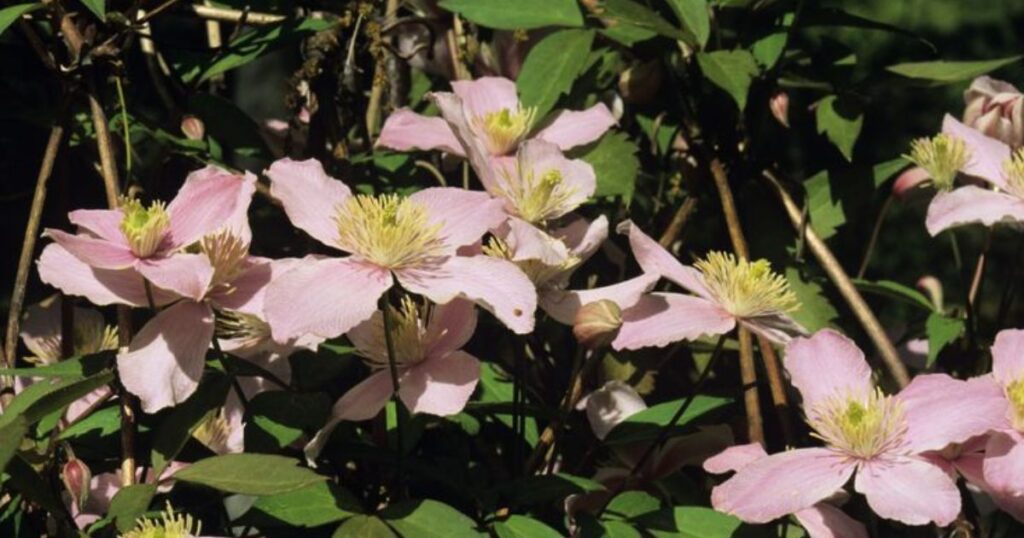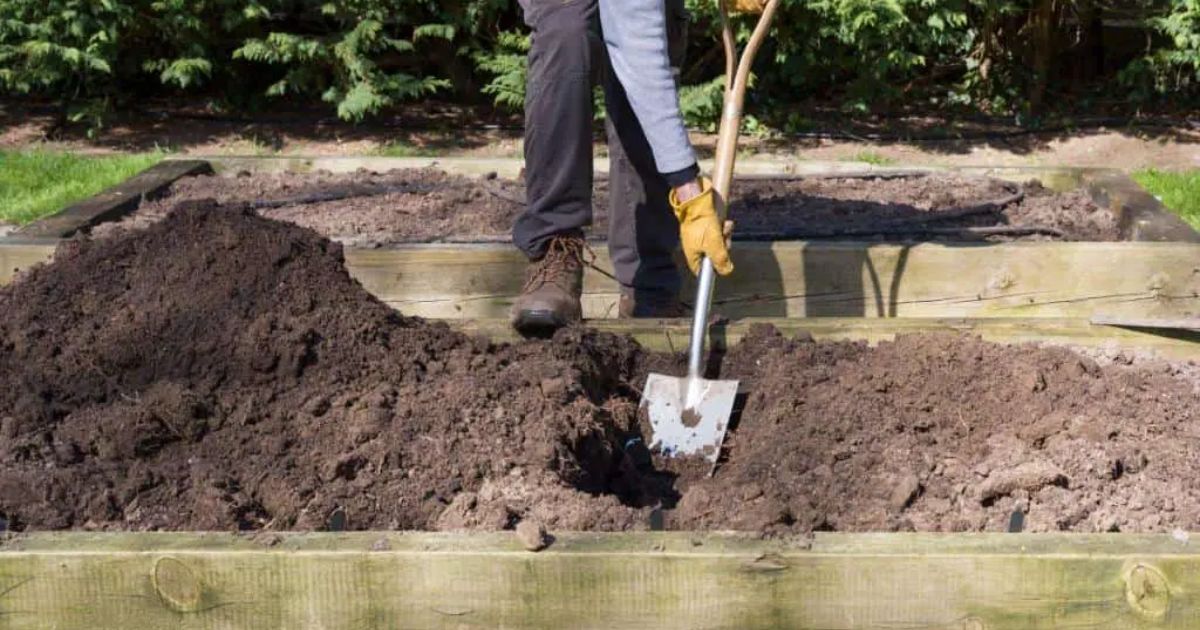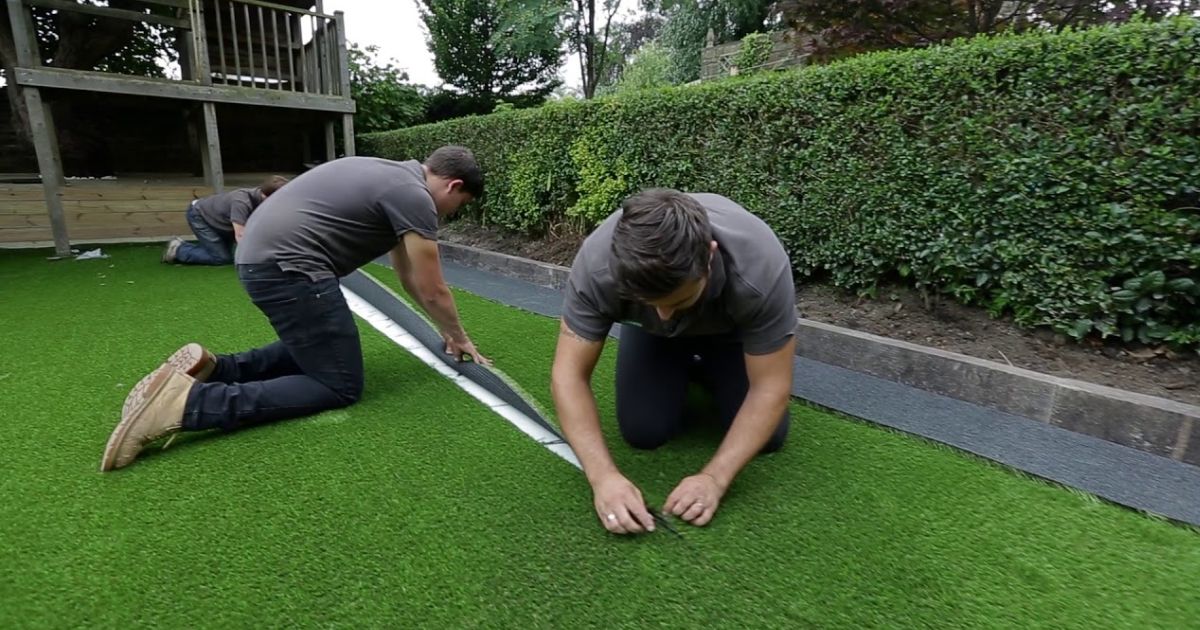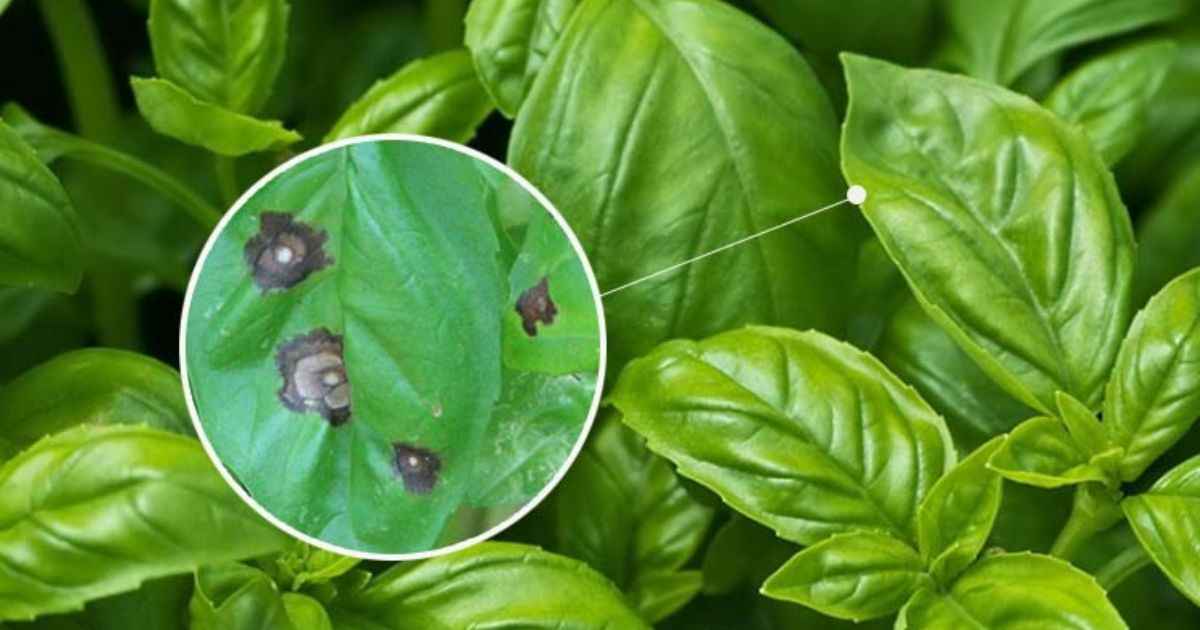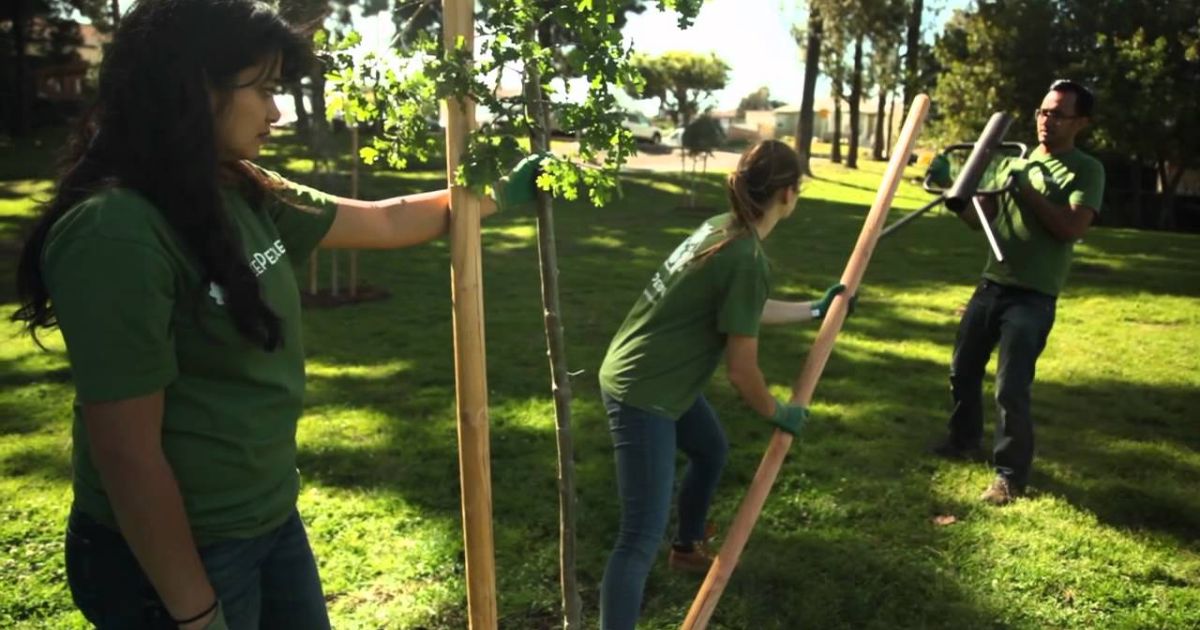Clematis is one of the most beloved flowering vines for gardens, prized for its vibrant blooms and ability to climb trellises, fences, and walls. However, many gardeners encounter a common problem: browning leaves, stems, or flowers, which can be alarming. While clematis is generally hardy, browning can signal that the plant is under stress or facing a health issue.Multiple factors can cause clematis to turn brown, including environmental stress, improper watering, poor soil conditions, pests, diseases, and incorrect pruning practices. Each cause manifests slightly differently, so identifying the root problem is crucial for saving your plant and restoring its lush, healthy appearance.
In this post, we’ll explore the main reasons clematis turns brown and provide practical tips to prevent or remedy the problem. Whether you are a beginner gardener or an experienced green thumb, understanding the signs and symptoms of browning will help you maintain a thriving clematis vine that continues to enhance your garden year after year. By taking the proper steps early, you can restore your clematis to vibrant health and enjoy its stunning blooms for seasons to come.
Environmental Stress
Environmental stress is one of the most common reasons a clematis plant turns brown. Like many garden plants, clematis is sensitive to its surroundings, and sudden changes in temperature, sunlight, or wind can negatively affect its health.Sunlight plays a critical role in the well-being of clematis. While most clematis varieties thrive in full to partial sunlight, too much direct afternoon sunlight can scorch the leaves, making them crunchy and brown. Clematis wilt (fungal disease) However, a lack of light can weaken the plant. Making it more susceptible to disease and slower growth. Poor drainage Stem wilt Ensuring your clematis receives morning sun with afternoon shade often provides the optimal balance.
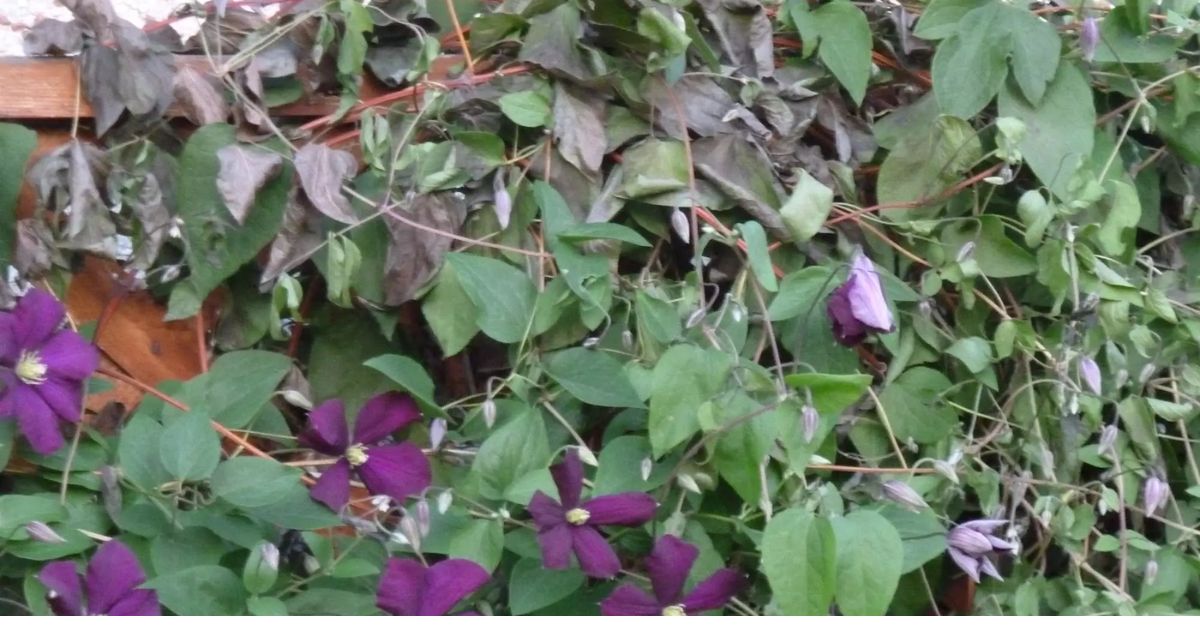
Temperature extremes can also stress the plant. Late spring frosts can damage new shoots, while prolonged summer heat waves may cause leaf scorch or dehydration. How to Treat Camellia Black Spots on Leaves Mulching the plant’s base can help control soil temperature and retain moisture. Reducing stress from extreme weather conditions.Additionally, wind exposure can exacerbate browning by drying out leaves and stems or physically damaging delicate growth. Installing a windbreak or positioning your clematis near a sheltered wall can help protect it from harsh gusts.By paying attention to environmental factors sunlight, temperature, and wind you can help prevent many of the issues that cause clematis browning. Creating a favorable growing environment is the first step toward keeping your vine healthy and vibrant throughout the growing season.
Watering Problems
Watering is one of the most crucial aspects of clematis care, and mistakes in this area are a common cause of browning leaves and stems. Both overwatering and underwatering can stress the plant, leading to visible damage.Overwatering can result in waterlogged soil, which suffocates the roots and encourages root rot, a condition that quickly causes browning and wilting. Signs of overwatering include yellowing leaves, mushy stems, and a generally weak appearance. To avoid this, ensure your clematis is planted in well-draining soil and that water does not pool around its base. Using raised beds or adding organic matter can also improve drainage.
On the other hand, underwatering deprives the plant of essential moisture, particularly during hot, dry spells. This can lead to dry, crispy leaves, slow growth, and brown tips. Bananas Split Open: Causes, Solutions, and How to Prevent It Clematis has relatively deep roots, so while the soil surface may appear dry, deeper layers often retain moisture. Regular, deep watering ensures the entire root system is hydrated, whereas frequent shallow watering encourages weak root growth.A good rule of thumb is to water clematis once or twice a week during dry periods, adjusting based on rainfall and soil conditions. Mulching the plant’s base can help retain moisture. Keeping roots cool and reducing stress. Proper watering not only prevents browning but also promotes vigorous growth and more abundant blooms throughout the season.
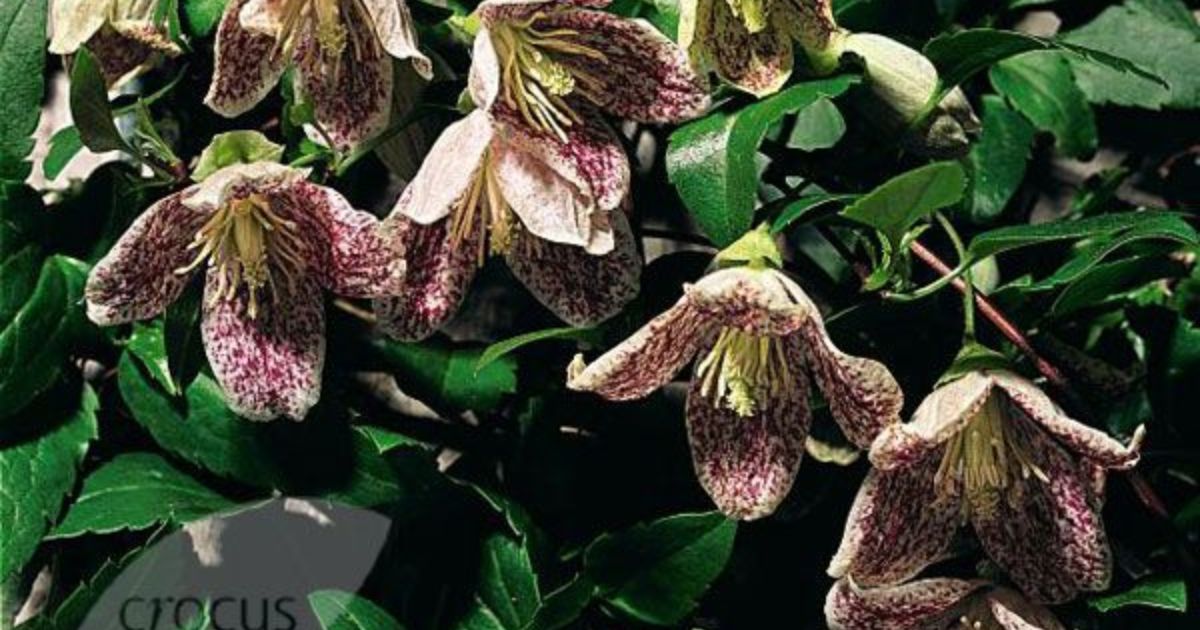
Pests and Diseases
Pests and diseases are another common reason why clematis plants may turn brown. These issues can affect leaves, stems, and flowers, sometimes causing rapid decline if not addressed promptly Guide to Identifying Brown Spots on Mint Leaves .One of the most serious threats is clematis wilt, a fungal disease that causes sudden leaf and stem browning, often leading to the collapse of affected vines. This disease typically enters through wounds or damaged tissue and can spread quickly in wet or humid conditions. Early signs include blackened stems and wilting leaves, frequently beginning at the plant’s base. Removing and destroying infected parts immediately can help prevent further spread.
Other fungal infections, such as powdery mildew or leaf spot, can also cause brown patches on leaves, reducing photosynthetic capacity and weakening overall health. Proper spacing for air circulation, avoiding overhead watering, and applying fungicides when necessary can help control these problems.In addition to diseases, pests like aphids, spider mites, and slugs can damage clematis, leading to browning or distorted leaves. How to Fix Cherry Tree Leaves Turning Brown Aphids feed on sap, spider mites cause speckled browning, and slugs chew on tender shoots. Regular inspection and prompt intervention, such as using insecticidal soap, neem oil, or physical removal, can protect the plant.Maintaining healthy growth through proper watering, sunlight, and soil care makes clematis less susceptible to pests and diseases. Early detection and intervention are essential to prevent browning caused by these biotic stresses.
Pruning and Maintenance Mistakes
Improper pruning and maintenance are often overlooked causes of browning in clematis plants. Stems can be harmed by pruning at the wrong time or with the wrong methods. Decrease flowering and increase the plant’s vulnerability to illness. Clematis varieties are categorized into three pruning groups, each with specific timing requirements. Pruning a Group 1 clematis after flowering, or cutting back a Group 2 or 3 clematis too early, can remove healthy growth and cause browning or dieback. Understanding your clematis type is essential to avoid inadvertently stressing the plant.Maintenance mistakes, such as failing to remove dead or diseased stems, can also contribute to browning. Dead tissue can harbor fungi and pests that spread to healthy parts of the plant. Regularly inspecting the vine and carefully removing old growth encourages healthy development and reduces the risk of disease.
Another common issue is improper support and training. Clematis are climbing plants that need trellises or supports. If stems are allowed to sprawl on the ground, they may suffer mechanical damage, waterlogging, or pest infestations, all of which may cause browning. Proper care includes following the correct pruning schedule, 10 Common Seed Starting Mistakes and How to Fix Them using clean tools, and providing adequate support. Mulching, watering correctly, and monitoring plant health are also crucial. By maintaining these practices, gardeners can prevent browning caused by neglect or improper pruning and ensure a vigorous, flowering clematis throughout the growing season.
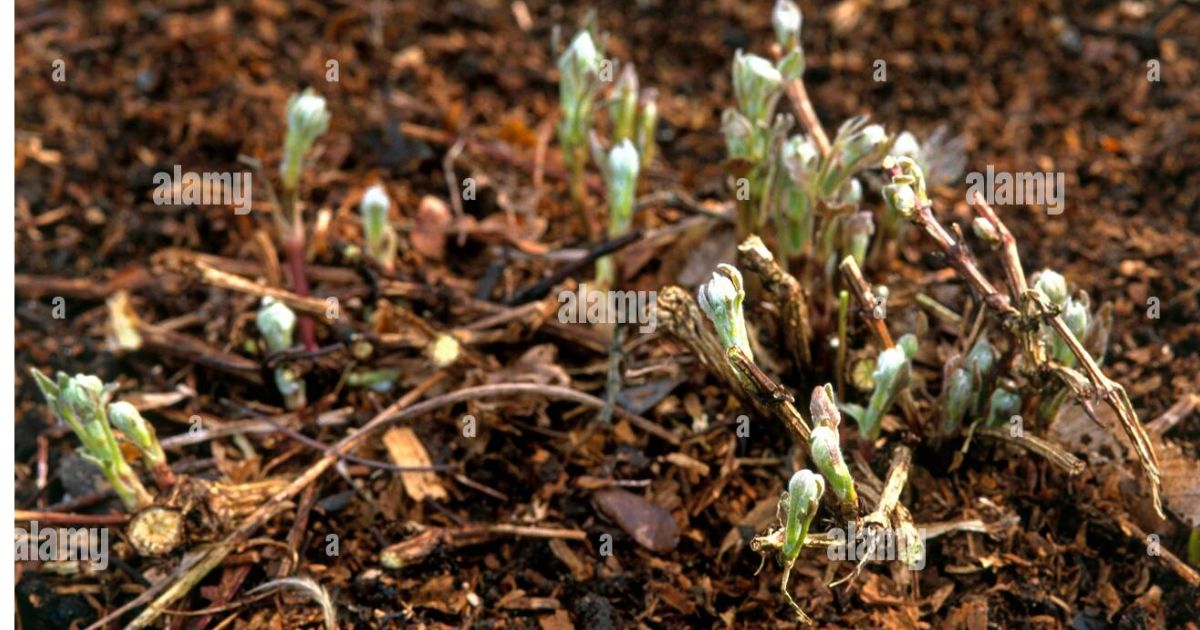
Conclusion
Browning in clematis can be alarming, but it is often a signal that the plant is experiencing stress or facing a health issue. The most common causes include environmental stress, improper watering, poor soil and nutrient conditions, pests and diseases, and pruning or maintenance mistakes. Identifying the root cause early is essential to prevent further damage and help your clematis recover.By paying attention to sunlight, temperature, and wind exposure, you can reduce environmental stress. Proper watering and well-draining, nutrient-rich soil support healthy roots and foliage. Regular pest inspections, timely disease treatment, and appropriate pruning techniques will help maintain vigorous growth and vibrant blooms.
With consistent care, attention, and preventive measures, clematis can bounce back from browning, rewarding you with lush green foliage and stunning flowers season after season. Monitoring your plant and addressing problems promptly ensures a thriving, healthy vine that enhances your garden for years to come.
FAQ
1. Can my clematis recover after turning brown?
Yes, clematis can often recover if the cause of browning is identified and addressed promptly. Removing dead stems, correcting watering, and treating pests or diseases can help new growth emerge.
2. How often should I water my clematis?
Clematis prefers consistently moist soil, but not waterlogged. Typically, deep watering once or twice a week during dry periods is sufficient. Adjust based on rainfall and soil type.
3. What’s the best way to prevent clematis wilt?
Ensure good air circulation, avoid overhead watering, and promptly remove any affected stems. Planting in well-drained soil and maintaining healthy growth also reduces the risk of wilt.
4. Can nutrient deficiencies cause browning?
Yes, deficiencies in nitrogen, potassium, or iron can cause leaf yellowing or browning. Using balanced fertilizers and testing the soil can help maintain proper nutrient levels.
5. When should I prune my clematis?
Pruning depends on the clematis group (1, 2, or 3). Group 1 is pruned after flowering, Group 2 lightly in early spring, and Group 3 hard-pruned in late winter or early spring. Correct pruning prevents stress and browning.
6. How can I protect my clematis from environmental stress?
Provide morning sun with afternoon shade, mulch to regulate soil temperature, and shelter from strong winds. These measures help prevent browning caused by extreme weather conditions.

